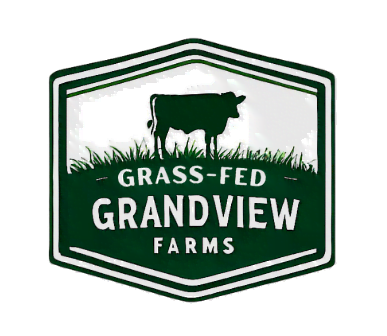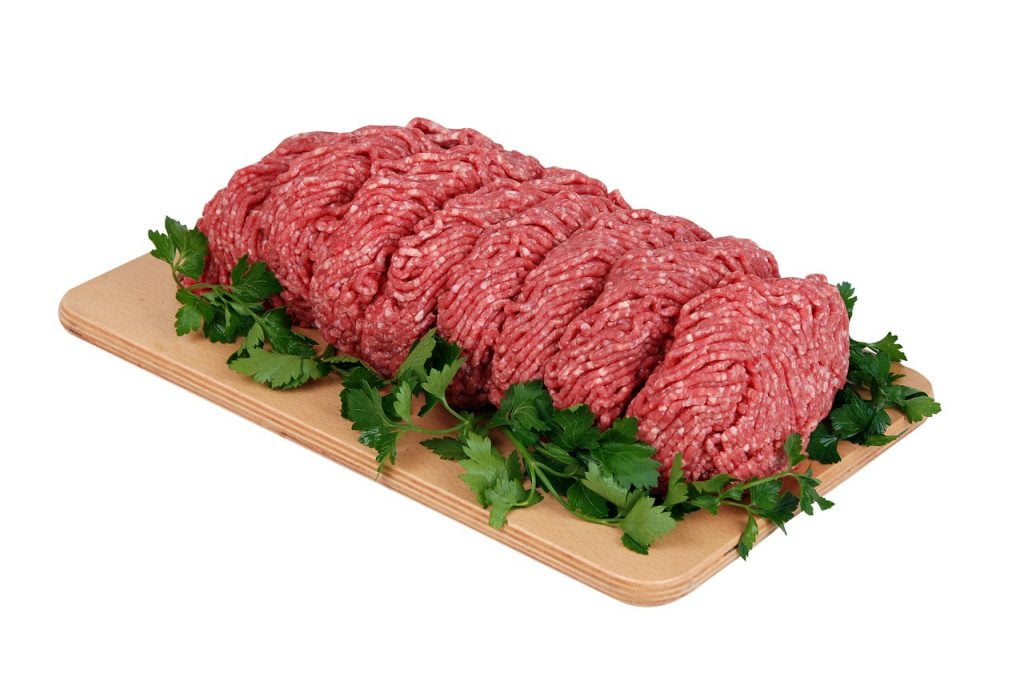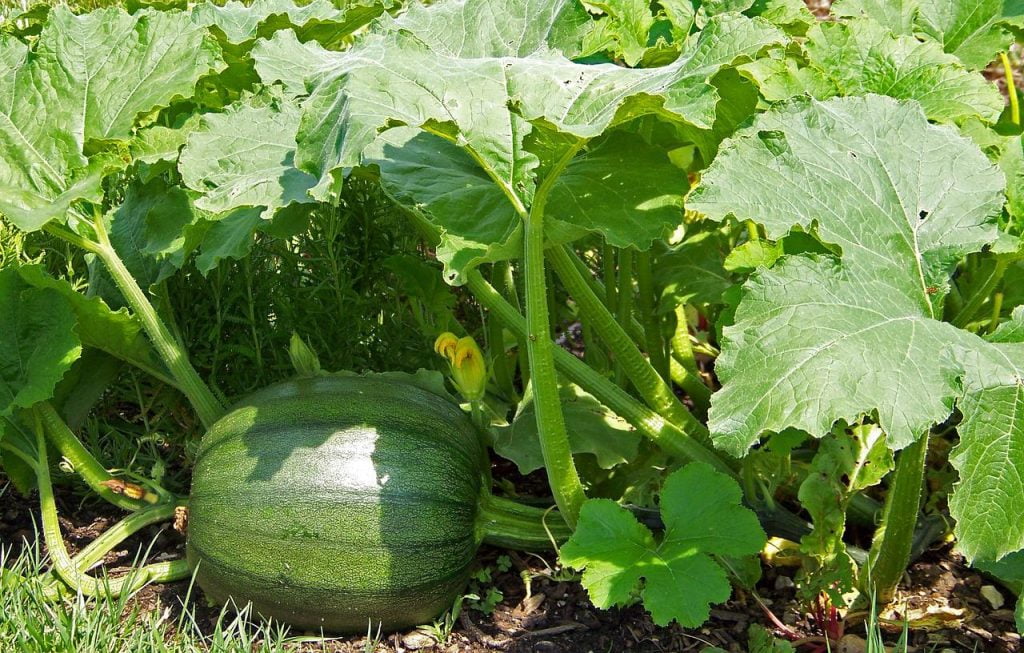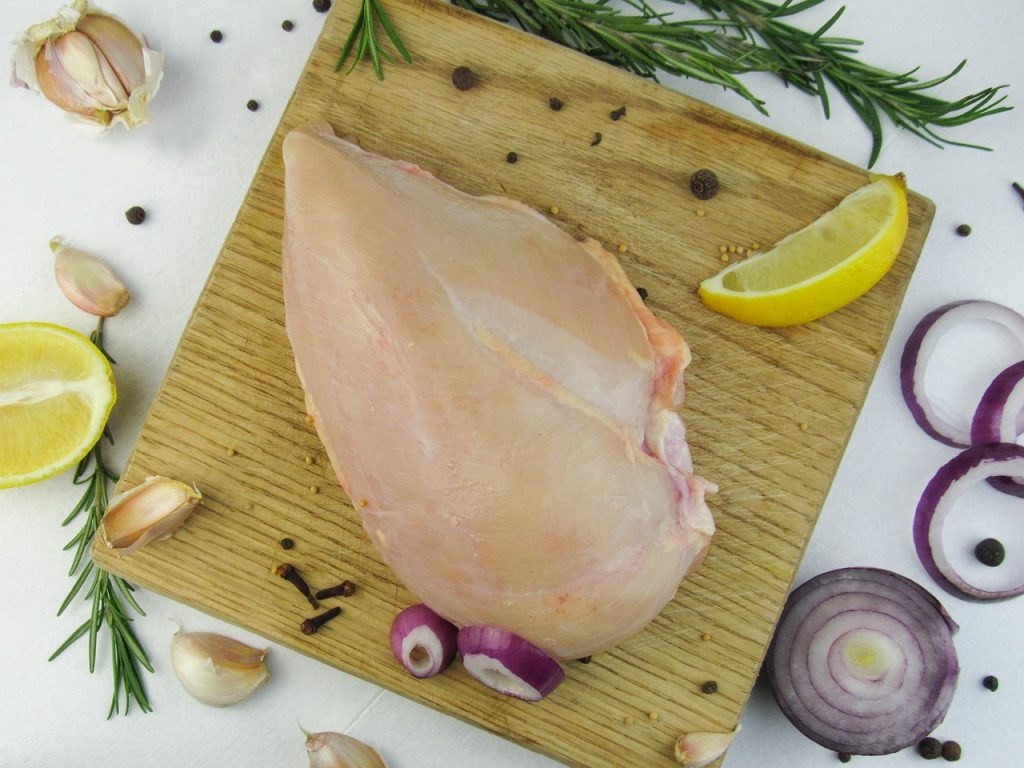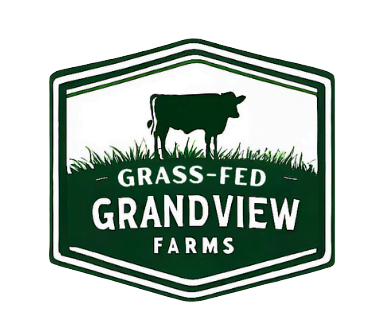
In the vast landscape of American cuisine, few dishes evoke a sense of homey comfort quite like a perfectly smoked arm roast. This unassuming cut of beef, often overshadowed by its flashier counterparts like brisket and ribeye, has quietly been making a comeback, captivating palates with its rich, smoky flavor and melt-in-your-mouth tenderness.
But what exactly is smoked arm roast, and why is it experiencing such a resurgence in popularity? Let’s delve into the smoky depths of this culinary gem, exploring its history, preparation methods, and the reasons behind its well-deserved return to the spotlight.
A Brief History of Smoked Arm Roast
The origins of smoked arm roast can be traced back to the early days of American barbecue, when resourceful cooks relied on affordable, flavorful cuts of meat like the chuck arm roast. Smoking, a time-honored technique for preserving and adding depth of flavor to food, proved to be a perfect match for this naturally marbled cut.
Over the years, smoked arm roast became a staple in households across the country, particularly in regions with strong barbecue traditions like the South and Midwest. However, the rise of
faster cooking methods and readily available, pre-prepared options led to a decline in its popularity.
The Resurgence of Smoked Arm Roast
In recent years, there’s been a growing interest in slow cooking, artisanal ingredients, and all things barbecue. This has led to a renewed appreciation for the humble smoked arm roast.
Here are some key factors driving its comeback:
Affordability: Compared to pricier cuts like brisket, arm roast is a budget-friendly option that delivers equally delicious results.
Flavor: Smoking infuses the meat with a unique, smoky aroma and rich taste, making it incredibly satisfying.
Versatility: Smoked arm roast can be enjoyed sliced thin on sandwiches, pulled for tacos and nachos, or shredded for barbecue bowls and salads.
Health benefits: While not a lean cut, arm roast is a good source of protein and iron.
Smoking Methods and Techniques
The beauty of smoked arm roast lies in its adaptability to various smoking methods and techniques. Here are some popular approaches:
Offset smokers: These traditional smokers provide a smoky, low-and-slow cooking experience, ideal for achieving tender, flavorful results.
Pellet smokers: Offering convenience and precise temperature control, pellet smokers are a great option for beginners and experienced smokers alike.
Electric smokers: Compact and easy to use, electric smokers are perfect for urban dwellers or those with limited outdoor space.
Regardless of the method chosen, the key to perfectly smoked arm roast lies in proper preparation and attention to detail. This typically involves:
Seasoning: Rubbing the roast with a blend of spices like paprika, garlic powder, onion powder, and black pepper enhances its natural flavors.
Smoking temperature: Aim for a low and slow cooking process, typically around 225-250°F (107-121°C).
Cooking time: Allow sufficient time for the meat to reach an internal temperature of 195-205°F (90-96°C) for optimal tenderness.
Resting: Letting the roast rest for at least 30 minutes after cooking allows the juices to redistribute, resulting in a more succulent and flavorful experience.
Fun Food Facts about Smoked Arm Roast
Did you know that the chuck, from which the arm roast comes, is the most exercised muscle in a cow? This contributes to its rich marbling and intense flavor potential.
Smoking meat is an ancient technique dating back to prehistoric times. Early humans used smoke to preserve food and add a unique flavor profile.
The world record for the longest continuous smoke was set in Texas in 2017, lasting a whopping 180 days! While you might not be aiming for that duration with your arm roast, the dedication to slow cooking is admirable.
Beyond the Basics: Recipe Inspiration and Variations
Smoked arm roast offers a blank canvas for culinary creativity. Here are some recipe ideas to get you started:
Classic Smoked Arm Roast with Barbecue Sauce: A crowd-pleasing option that pairs the smoky roast with your favorite barbecue sauce for a sweet and tangy flavor explosion.
Smoked Arm Roast Tacos with Cilantro Lime Crema: Shredded smoked arm roast nestled in warm tortillas, topped with fresh cilantro lime crema, avocado, and your favorite taco toppings.
Smoked Arm Roast French Dip Sandwiches: Thinly sliced smoked arm roast on toasted hoagie rolls, dipped in a rich and savory au jus for a satisfying and decadent sandwich experience.
The Final Smoke: Why Smoked Arm Roast Deserves a Place on Your Table
Smoked arm roast is more than just a trendy comeback; it’s a testament to the timeless appeal of slow-cooked, flavorful comfort food. It’s an affordable cut that delivers restaurant-quality results, a blank canvas for culinary creativity, and a dish that brings people together with its smoky aroma and melt-in-your-mouth tenderness.
So, the next time you’re planning a barbecue or simply craving a hearty and satisfying meal, give smoked arm roast a try. You won’t be disappointed.
Additional Tips and Tricks
To add an extra layer of smokiness, try using wood chips or chunks like hickory, mesquite, or applewood during the smoking process.
If you’re short on time, you can finish the smoked arm roast in the oven or a pressure cooker to speed up the cooking process.
Leftover smoked arm roast can be used in a variety of dishes, such as salads, soups, and stews.
In Conclusion
Smoked arm roast is a versatile, flavorful, and budget-friendly cut of meat that deserves a place on your table. With its rich history, adaptability to various cooking methods, and endless recipe possibilities, it’s no wonder this All-American comfort food is experiencing a well-deserved comeback. So, fire up your smoker, grab your favorite spices, and get ready to create a culinary masterpiece that will leave your taste buds dancing and your guests asking for seconds.
Thanks for reading blogs from Grandviewfarms.
You may also like:
Nature’s Symphony: Embracing Organic Farming for Sustainable Agriculture
Beyond Conventional Agriculture: Exploring the Diversity of Alternative Farming Systems
Support Local, Enjoy Beef: Embracing the Ethical and Delicious Choice of Pasture Fed Cows
